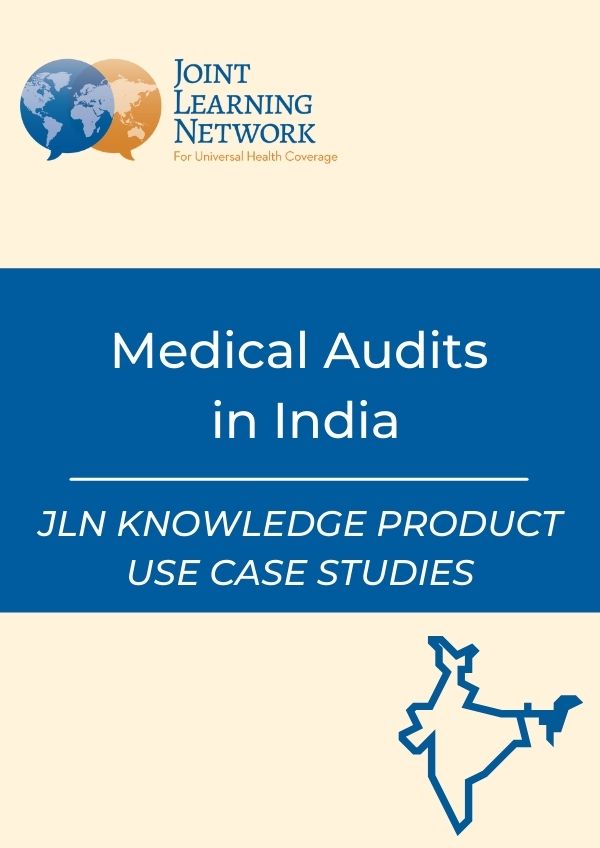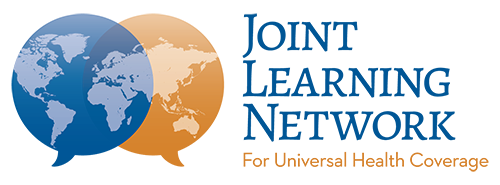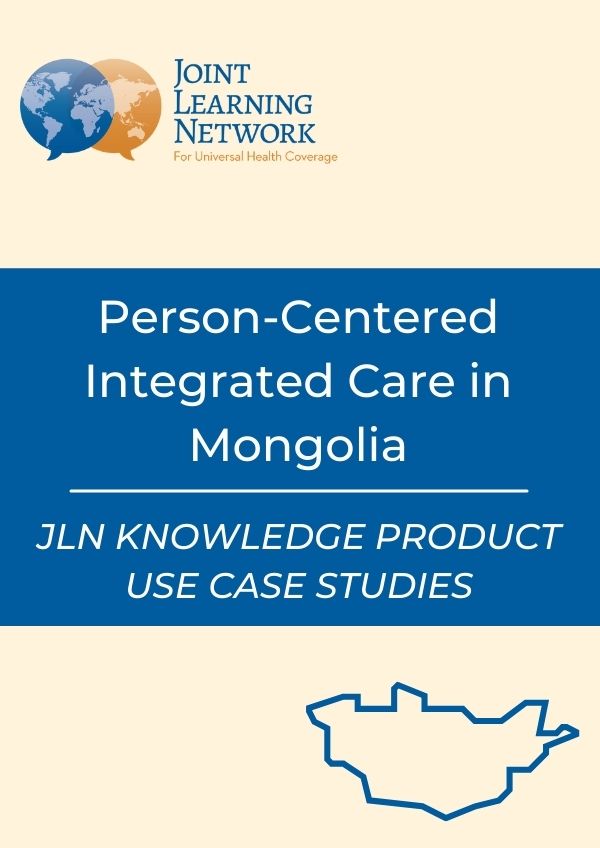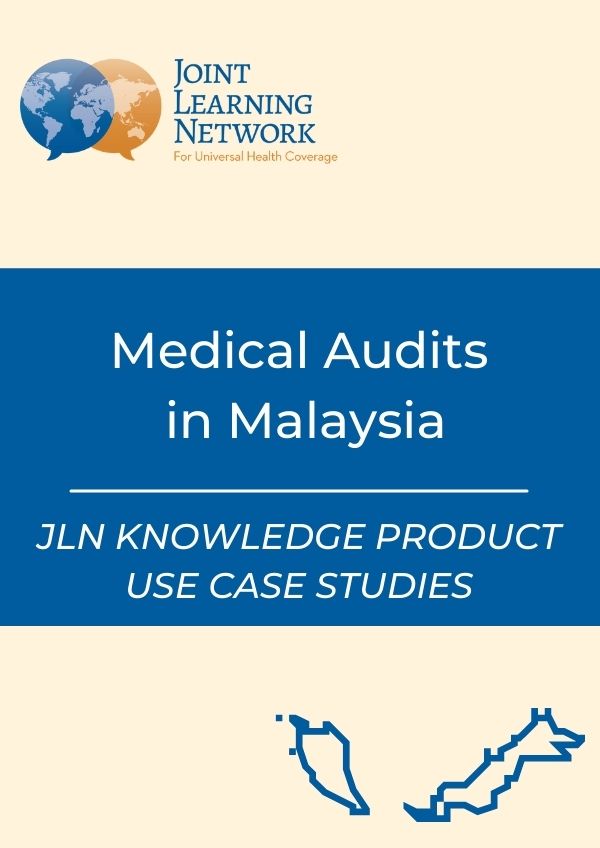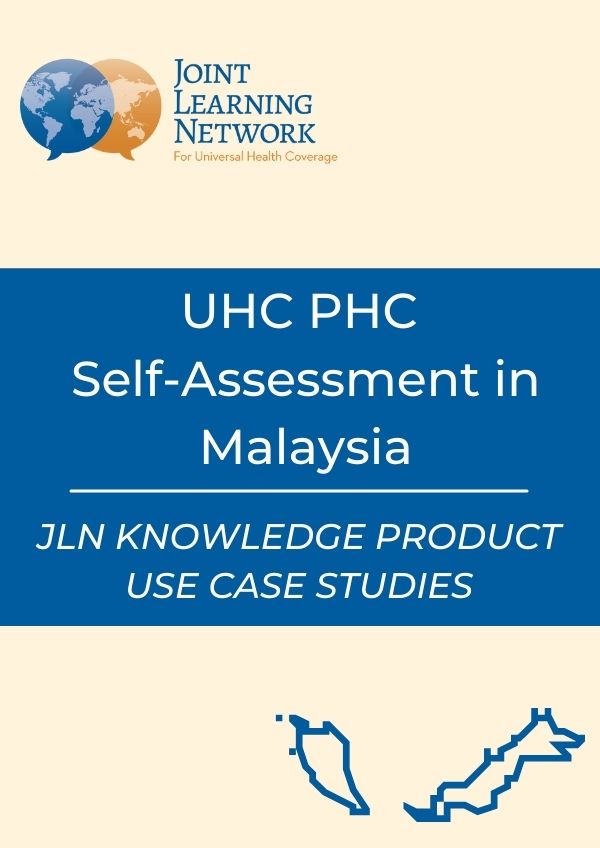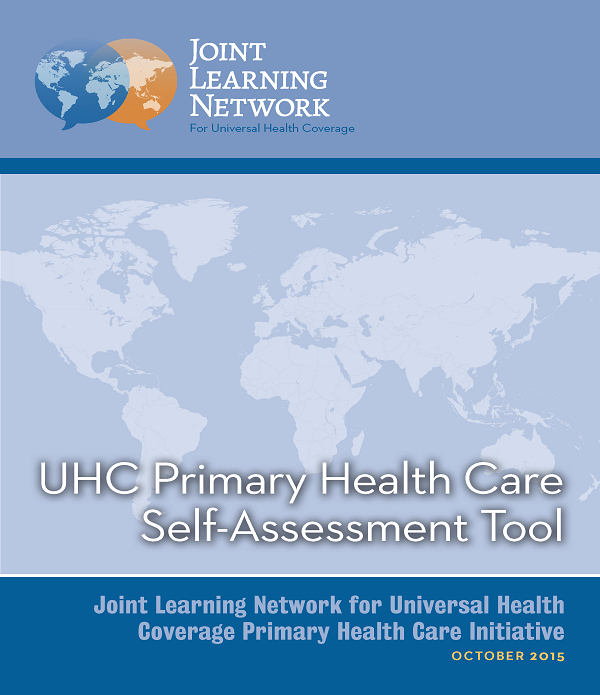UHC Primary Health Care Self-Assessment Tool
October 13, 2015
The tool, referred to as the “UHC-PHC Self-Assessment Tool,” is a multi-stakeholder survey that helps accomplish the following: Document and assess how health insurance or financial coverage institutions interact with other PHC actors and programs; Identify key areas of improvement and opportunities to align the health financing agency (HFA) or other health financing policymakers with PHC goals. The UHC-PHC Self-Assessment Tool is a rapid diagnostic instrument for identifying practical policy opportunities in the health system to improve the relationship between health financing and PHC efforts. The tool can be useful for improving coordination among health financing and PHC efforts in countries around the world. It is most suitable for locations in which (a) the government is not sufficiently prioritizing PHC efforts, (b) PHC efforts work poorly or are not coordinated with health financing mechanisms, and, especially, (c) communication among the relevant stakeholders is limited. The tool does not provide a complete evaluation or mapping of PHC or UHC in the country. It focuses strongly on UHC, not the entire PHC system, so it looks closely at the role and function of the HFA, which can be crucial to improving UHC-PHC alignment.
